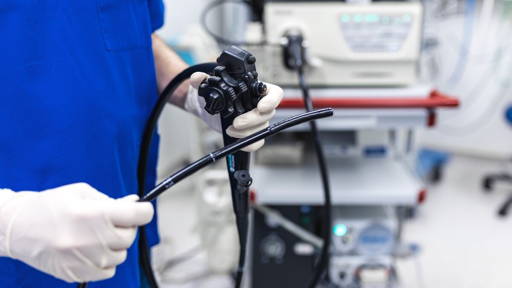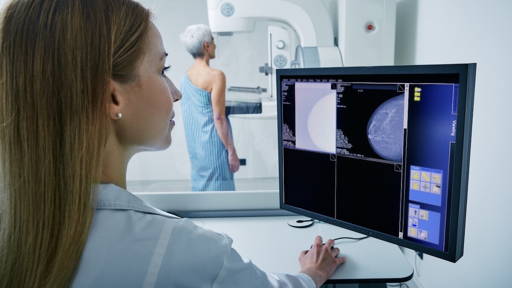Researchers at the Department of Human Genetics at Leiden University Medical Center (LUMC) have gained important new insights into the inherited muscle disease Facioscapulohumeral muscular dystrophy (FSHD). Their recent study, published in the scientific journal Science Advances, provides leads to accelerate research into biomarkers for FSHD. These biomarkers play a crucial role in monitoring disease progression and evaluating the effectiveness of treatments.
Facioscapulohumeral muscular dystrophy (FSHD) is one of the most common inherited muscle disorders. Nevertheless, the disease is very rare. It affects 500,000 people worldwide, and the Netherlands has about 2,000 FSHD patients. The disease is characterized by muscle weakness that gets worse over time. Usually the disease starts in the facial muscles after which the muscles in the shoulders and upper arm become weaker. The symptoms and how quickly the disease progresses varies from person to person. Thus, some patients may experience a slow disease process with mild symptoms while others face greater physical limitations. About 20 percent of patients eventually lose the ability to stand and walk and become dependent on a wheelchair.
Turning specific genes on and off
Facioscapulohumeral muscular dystrophy (FSHD) is caused by a genetic change that leads to the production of the transcription factor DUX4 in patients' muscle cells. Normally, DUX4 is active only at a very early stage of embryonic development, where it plays a crucial role in turning on genes needed for the first cell divisions. After that, the protein quickly disappears because it does not belong in adult tissues. In FSHD patients, however, DUX4 remains active in muscles, leading to muscle damage, inflammation and eventually muscle weakness.
Researchers at LUMC wanted to know whether DUX4 in FSHD muscles activates the same genes as during embryonic development. To do so, they examined the messenger RNA (mRNA) that is formed when DUX4 activates genes. Through a process called alternative splicing, one gene can create multiple mRNA variants, called isoforms. These variants lead to different proteins, each with its own function. PhD student Dongxu Zheng discovered that the mRNA isoforms in FSHD muscles, while similar to those from the embryo, are slightly different. This suggests that DUX4 may have different effects in muscle tissue than in the embryo.
Long-read technique
The researchers used the advanced long-read RNA sequencing technique, which allowed them to read out entire mRNA molecules. This technique can be compared to reading a complete recipe, rather than individual sentences that you have to put together yourself. This gave them a more accurate picture of exactly which mRNA isoforms are produced in muscle tissue of FSHD patients and how they compare to the embryonic form.
The study, funded by the Princess Beatrix Muscle Fund and the US National Institute of Arthritis and Musculoskeletal and Skin Diseases, provided a treasure trove of new information, according to Professor Silvère van der Maarel. The researchers found many mRNA isoforms specifically expressed in FSHD muscle, but not in healthy muscle tissue. These could potentially serve as biomarkers-biological markers by which the course of the disease can be monitored. This is important for assessing the severity of FSHD and the effect of treatments, such as therapies aimed at blocking DUX4.
Better diagnostics and treatment
An important future goal is to find a biomarker that can be detected through a simple blood test. That would make it possible to follow the course of the disease less dramatically than through muscle tissue analysis. Van der Maarel speaks of a promising step toward better diagnosis and treatment: “Exciting times await us in which we, together with colleagues worldwide, are getting closer to unraveling the mechanisms behind FSHD.” Earlier this year, it was also announced that researchers from the Radboudumc have discovered a new technique that uses so-called “long reads” to find genetic causes of rare diseases.









